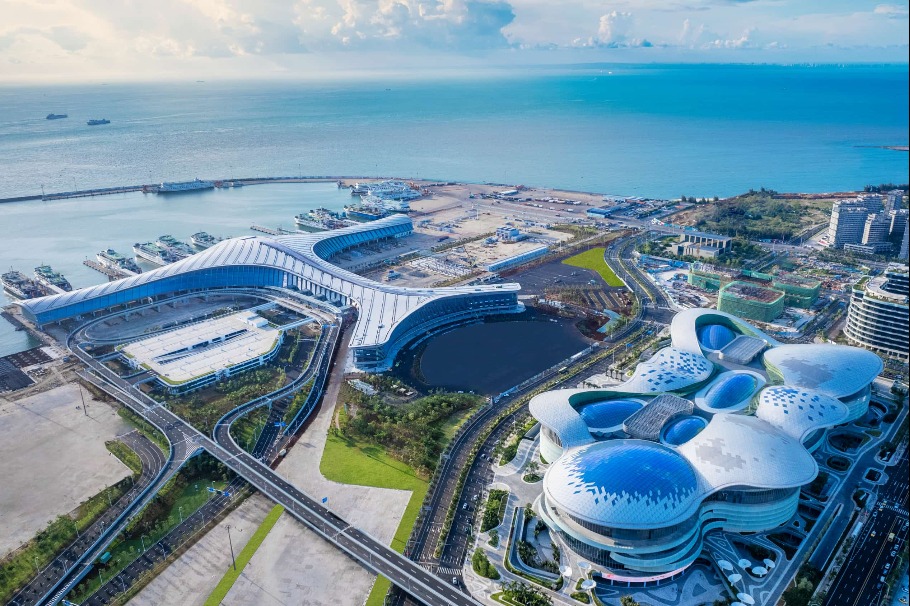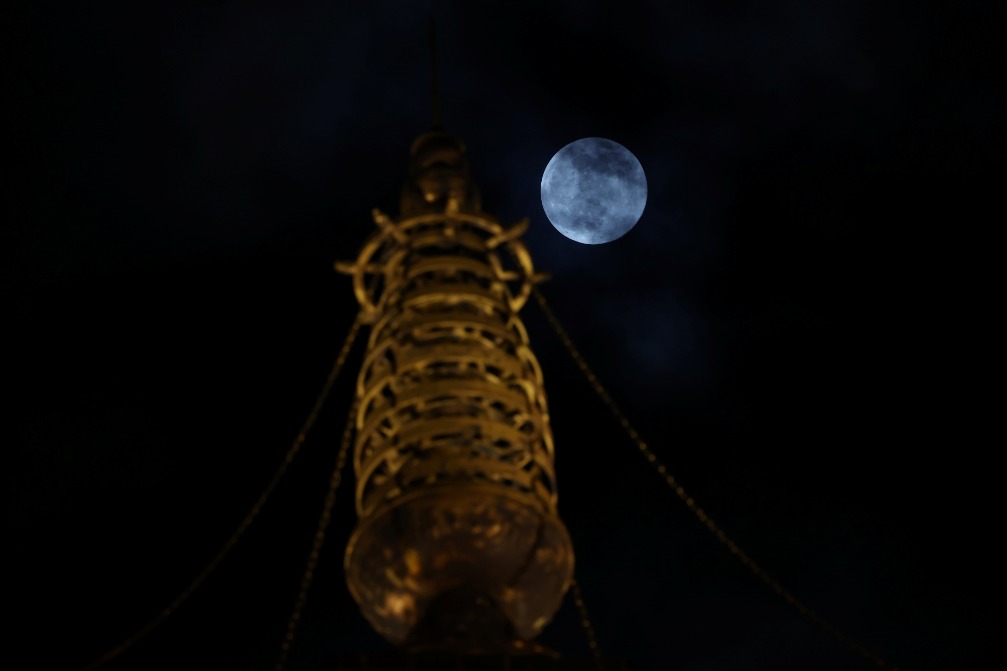A dazzling future for artistic ventures
European performers and professionals discover the vitality and diversity of China's creative scene and the country's growing enthusiasm for global collaboration

Totally "intrigued by how China uses its roots and ancestry in art", Brynhildur Guojonsdottir, resident director and actor of the Reykjavik City Theatre of Iceland, told China Daily in mid-October in Suzhou, Jiangsu province, that "I have been in China for three days, but I have already been inundated with sheer art and mastery".
The Icelandic artist was on a 10-day tour of China with six other peers hailing from Italy, France, Spain, Austria and Norway. Organized by the International Exchange and Cooperation Bureau of China's Ministry of Culture and Tourism, the program introduced them to China's diverse performing arts, ranging from theater and ballet to traditional opera and music, as well as fostering dialogue with Chinese counterparts about future collaborations.
"The highlights are many," Guojonsdottir says. "But I'm absolutely fascinated by the Suzhou Ballet Theater and their work."
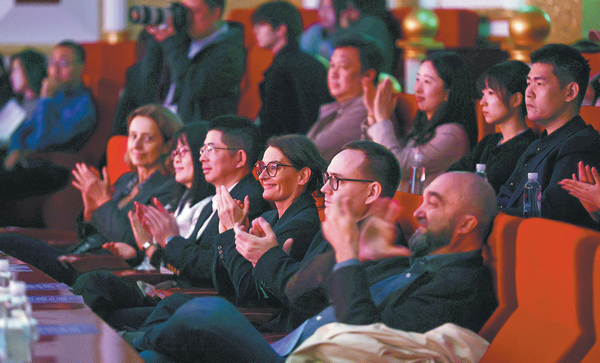
On Oct 15, the delegation toured the Suzhou Culture and Arts Centre, home to the Suzhou Ballet. At the company's rehearsal space, they watched an excerpt of its latest production Love Bridge, an original ballet inspired by the ancient Chinese love story of Niulang and Zhi'nyu, or the cowherd and the celestial weaver girl. The work, a fusion of Western ballet and Chinese storytelling, recently completed a tour of France and Italy to enthusiastic audiences.
At the same venue, a sprawling cultural complex with theaters, galleries and an IMAX cinema, the visitors also enjoyed a performance of Suzhou pingtan, a traditional art form of storytelling and ballads. They later listened to the Suzhou Symphony Orchestra rehearsing under French conductor Victor Jacob for the upcoming 2025 Sino-French Friendship Concert.
"I'm surprised by how the past, present and future coexist here," says Yasamin Nikseresht, artistic adviser at ImPulsTanz Vienna International Dance Festival, one of the world's largest events for contemporary dance. "We've seen many traditional Chinese performances and also new, innovative art forms and venues."
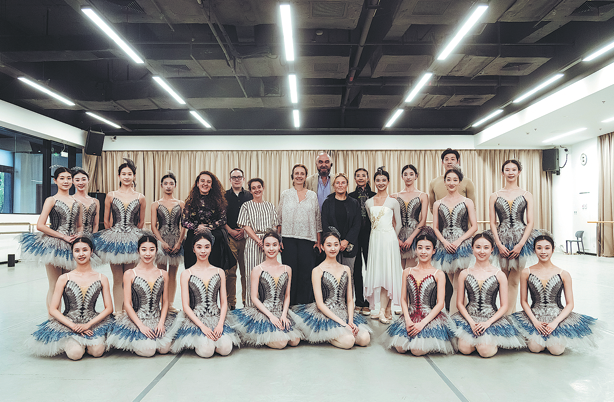
Nikseresht notes that her festival's recent collaboration with China's Tao Dance Theater was a major success. The Chinese troupe performed its Numerical Series 13 &14 and 16 & 17 during the 42nd edition of ImPulsTanz in August, all to sold-out audiences.
"Our festival attracts an international audience and dance teachers from all over the world. Everyone was really excited about Tao Dance Theater," she says.
For Sergej Schroeter, director of Norway's Northern Lights Festival, the trip deepened his appreciation for Chinese traditional arts. "Over the last few days, I've greatly enjoyed learning about Kunqu Opera in Beijing and Suzhou," he says after attending two classic performances — The Palace of Eternal Life and The Peony Pavilion — at the Suzhou Kunqu Opera School.
"I love how you respect and take care of your traditions," Schroeter adds.
Kunqu Opera, which originated in Kunshan near Suzhou, is one of China's oldest surviving opera forms. Known as the "mother of all Chinese operas", it combines songs in the Suzhou dialect, elegant body movements, martial arts and dance. Recognized by UNESCO in 2008 as part of the Intangible Cultural Heritage of Humanity, Kunqu Opera has profoundly influenced later forms such as the Peking Opera.
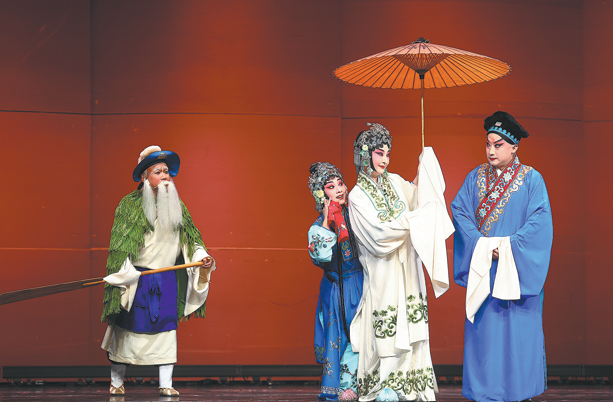
A musician himself, Schroeter praises the high artistic standards of Chinese institutions like the Central Conservatory of Music and the China Conservatory of Music, whose performances he attended in Beijing.
"I'm certain that both traditional and contemporary Chinese art will be warmly received in Norway," he says, recalling his festival's Chinese New Year concert a few years back as "an amazing experience".
Spanish entrepreneur Marian Barcena, founder and director of Maelicum Conciertos Agency, is already preparing a cross-cultural project with the Shanghai Chinese Orchestra. Their new program, Digital Splendour — The Colors of China, will premiere in five Spanish cities in February 2026 to celebrate Chinese New Year.
"Digital Splendour features works created with artificial intelligence and performed using traditional Chinese instruments to express the significance of color in Chinese culture," Barcena explains. "The Shanghai orchestra is bold in proposing such an innovative project. It will be the first of its kind in classical music halls in Spain."
She is also impressed by China's world-class art venues, their dedicated management, and the "honest quality and sensitivity" of both contemporary and classical performances.
"European audiences still have much to discover about the excellence of Chinese performing arts," she says, adding that her agency hopes to invite more Chinese symphony and traditional orchestras, as well as top soloists, to perform in Spain.
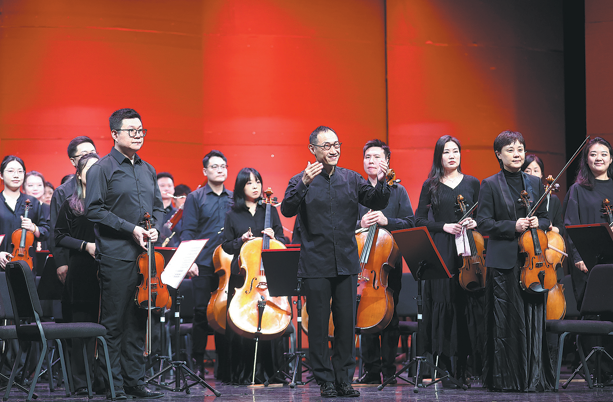
For Italian flute soloist Massimo Mercelli, founder and artistic director of Italy's Emilia Romagna Festival, the trip was one of his 30-plus visits to China, a country with which he has closely collaborated since 2011.
A former vice-president of the European Festivals Association, Mercelli has introduced about 15 Chinese orchestras, dance troupes and opera companies to European stages over the past decade.
"I'm very happy about that because I love the quality of Chinese projects," he says.
Among the most successful productions he helped bring to Europe were Confucius, a dance drama by the China National Opera & Dance Drama Theater, performed in Italy and Slovenia in 2016, and the Chinese opera concert The Long March, presented at the 2017 Emilia Romagna Festival. Both drew large audiences and widespread media attention, he says.
"I admire what's happening here," Mercelli adds. "China is among the few countries that are still building concert halls and creating new orchestras." He also praises the new theater at the China National Opera House in Beijing, calling it "one of the most beautiful theaters in the world".
On Oct 16, the European delegation visited Wuzhen, an ancient water town in Zhejiang province, where they attended the opening play of this year's Wuzhen Theatre Festival, the German production Anthropolis-Marathon.
Patricia Michel, deputy director of La Colline National Theatre in Paris, says it was her second visit to the festival. "Last year we came with our production Littoral (The Seaside)," she recalls. "We performed three times in Wuzhen before presenting it three more times at the Beijing People's Art Theatre."
Michel praises this year's tour for allowing her to meet new partners and deepen ties with Chinese institutions. "I'm always attracted to Chinese culture, and I know it's a great one," she says.
She mentions being particularly interested in Lao She's novel Four Generations Under One Roof, which portrays an extended family living together in a traditional courtyard house in Beijing during World War II.
Looking ahead, the French theater manager hopes to expand cooperation beyond performance exchanges to coproductions and masterclasses that introduce French audiences to Chinese theater.















